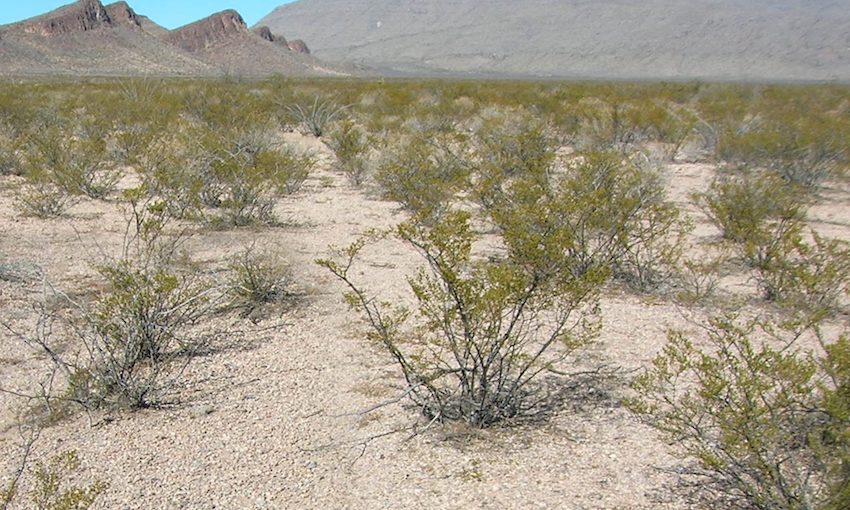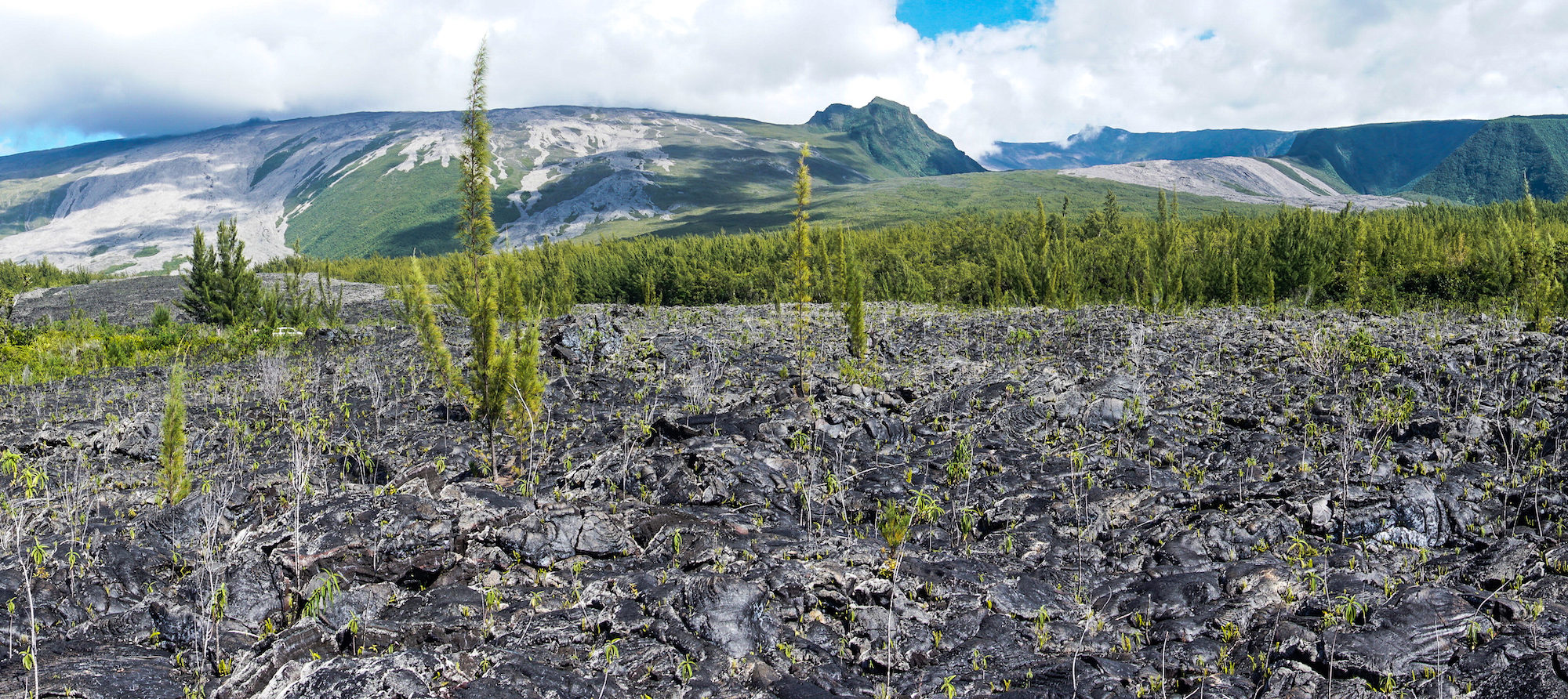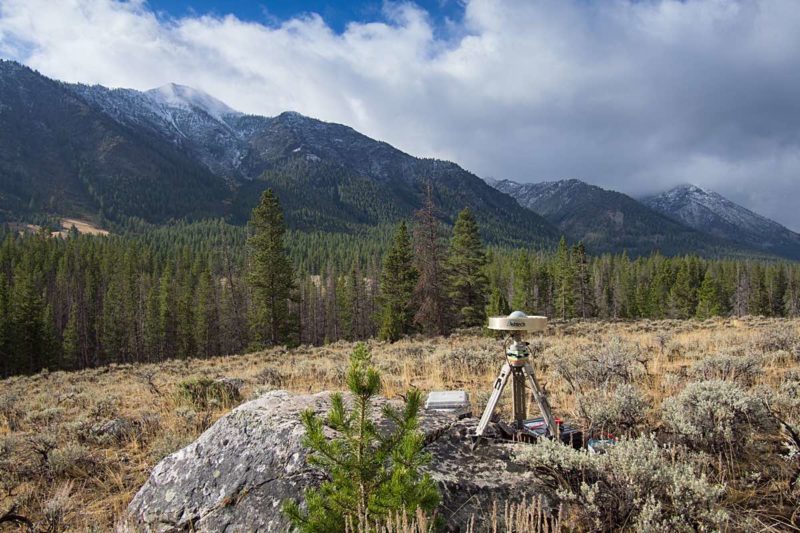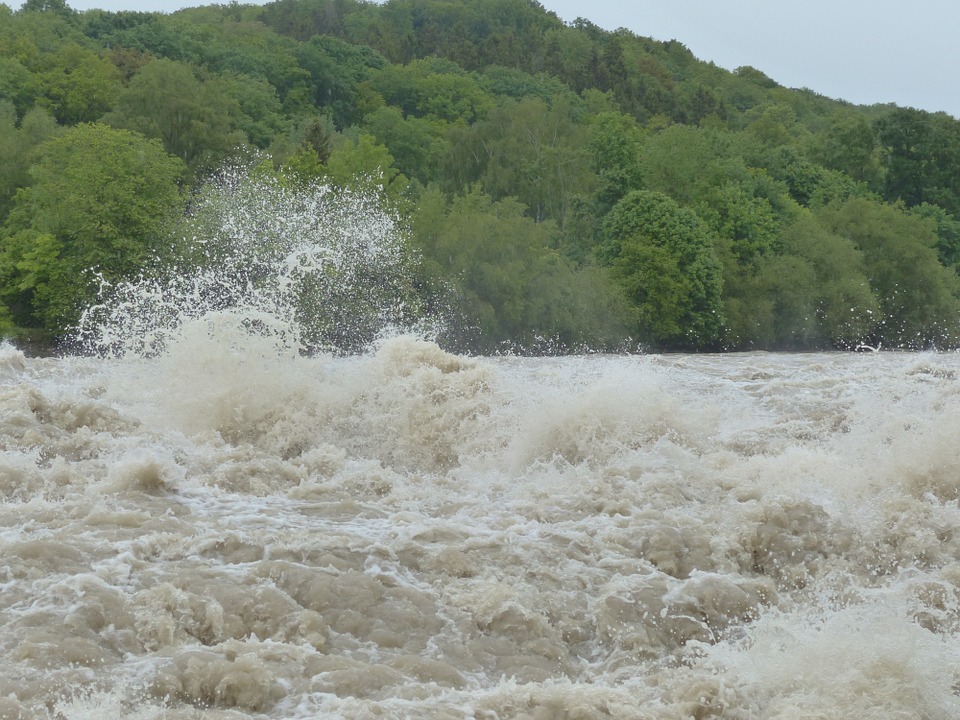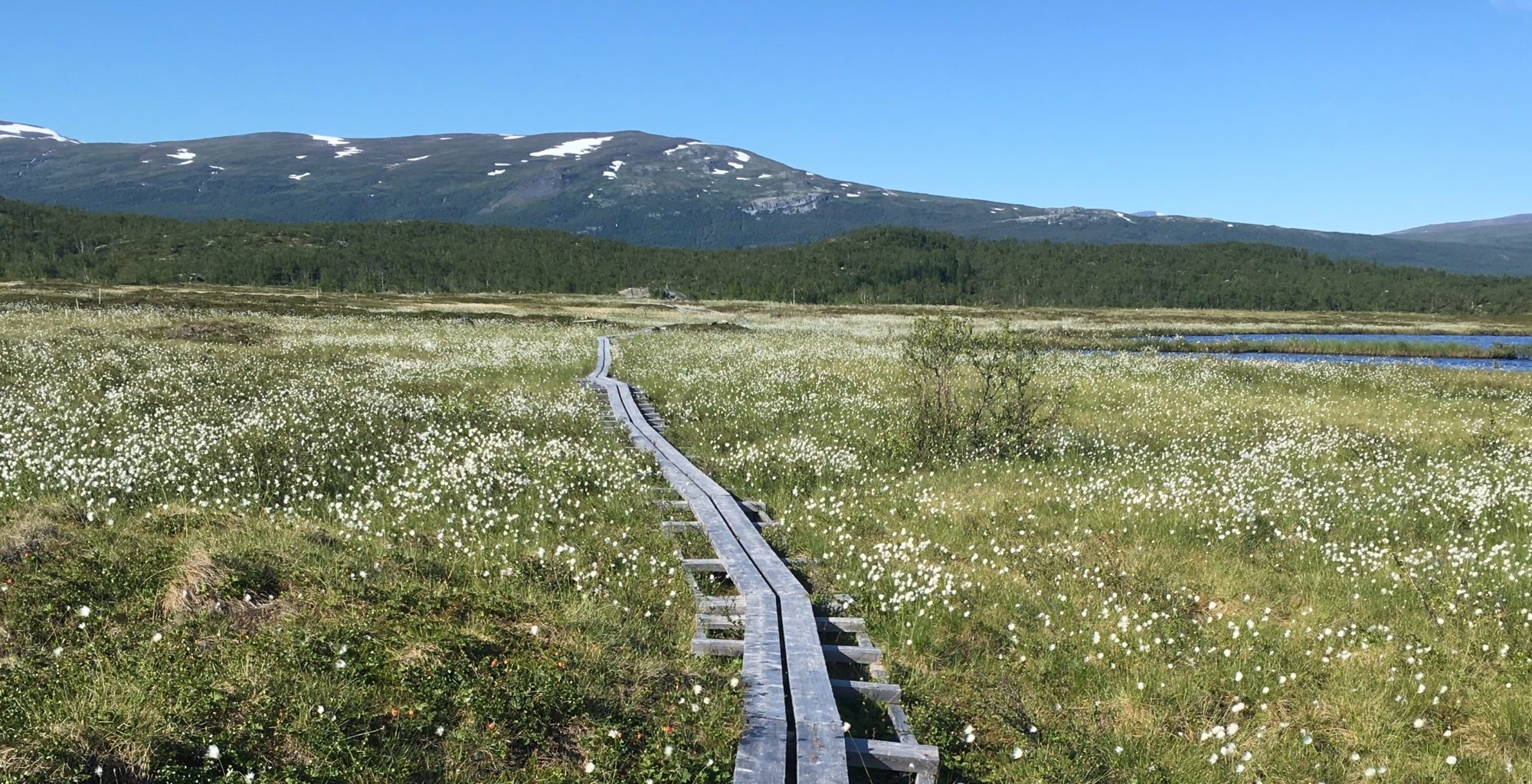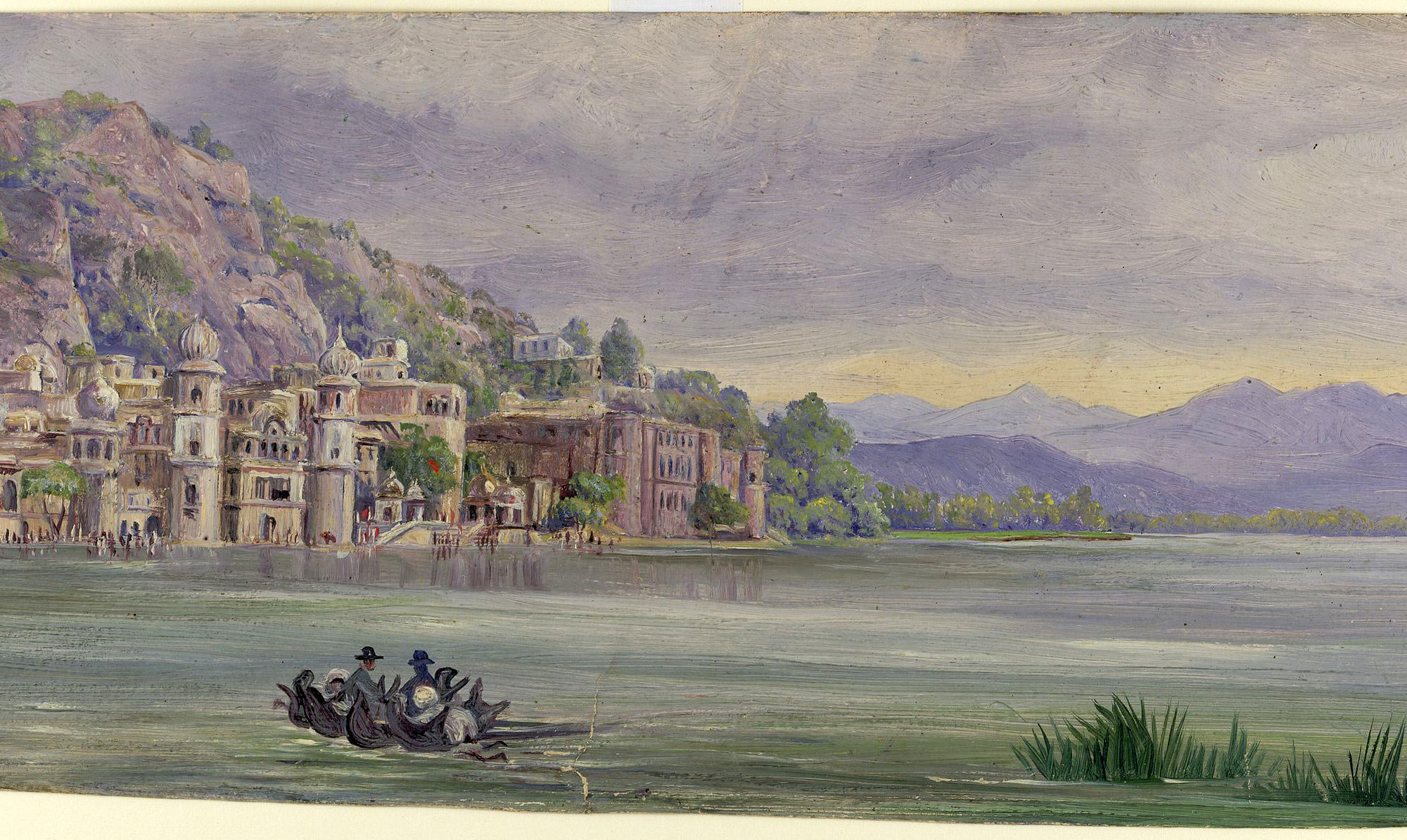Paper: Climate Benefits of Increasing Plant Diversity in Perennial Bioenergy Crops
Authors: Yi Yang, Evelyn C. Reilly, Jacob M. Jungers, Jihui Chen, Timothy M. Smith
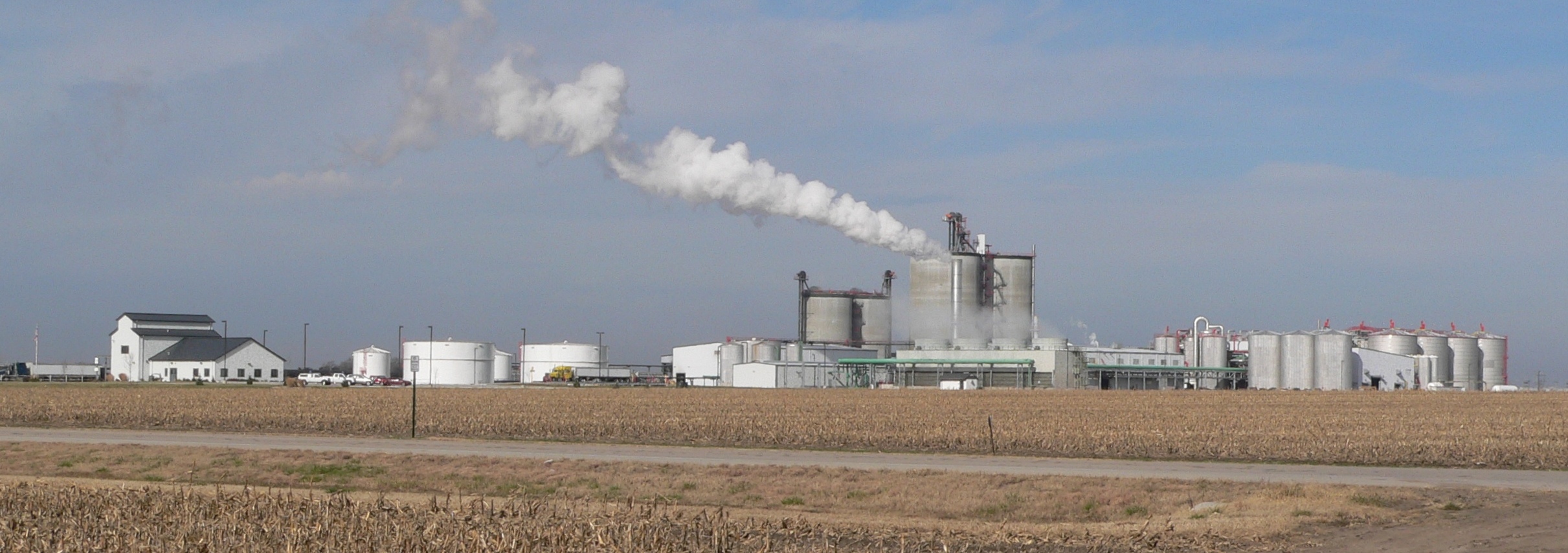
Source: Ammodramus / CC BY-SA via Wikimedia Commons.
Climate change, primarily caused by fossil-fuel-based CO2 emissions, could trigger disastrous consequences, including extreme weather and mass species extinctions. Bioenergy (a renewable energy derived from plants) can reduce greenhouse gas emissions by replacing fossil fuel with biomass. Atmospheric carbon is consumed via photosynthesis by bioenergy crops, such as wood, grain crops, and perennial grasses. Perennial grasses are good candidates for bioenergy crops because they can be directly combusted or converted to ethanol.
Continue reading “Great Success with Mixed Perennial Grasses for Bioenergy Crops”
